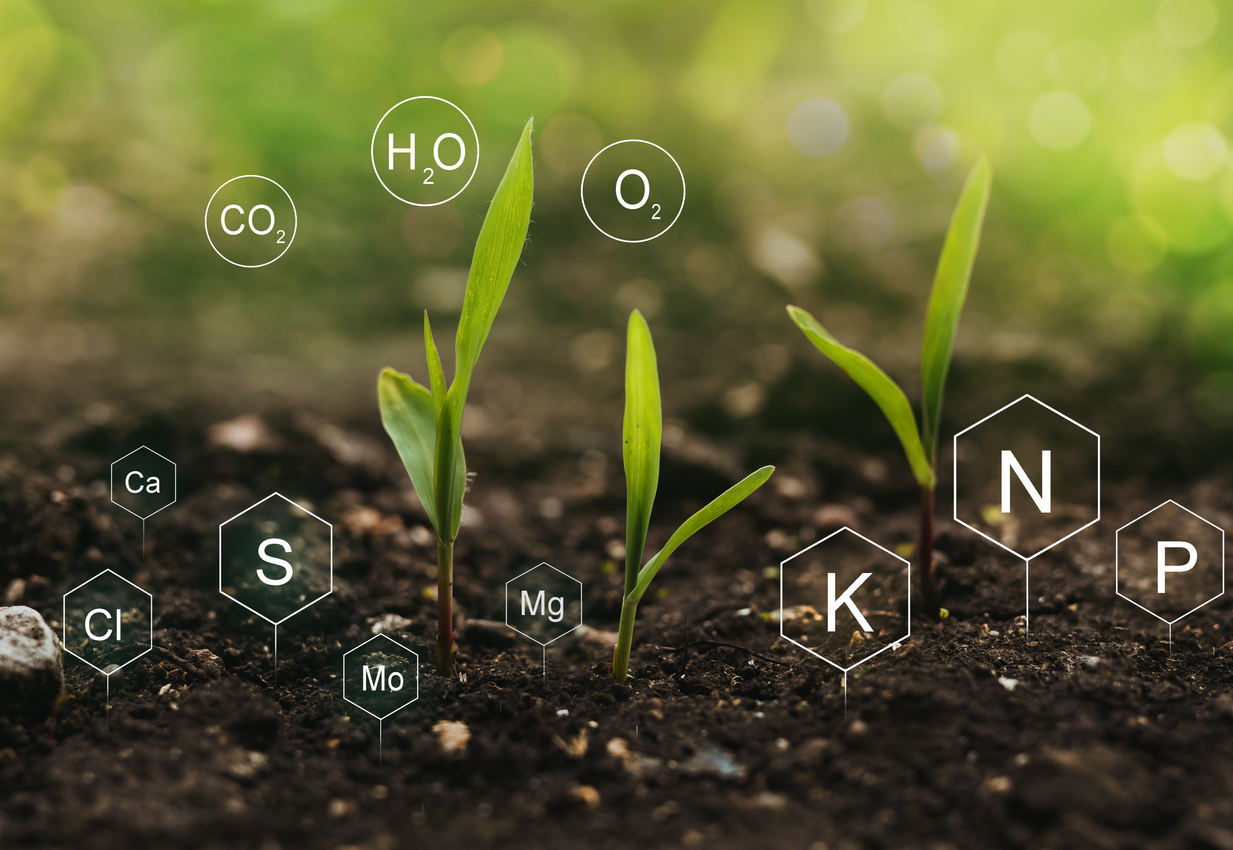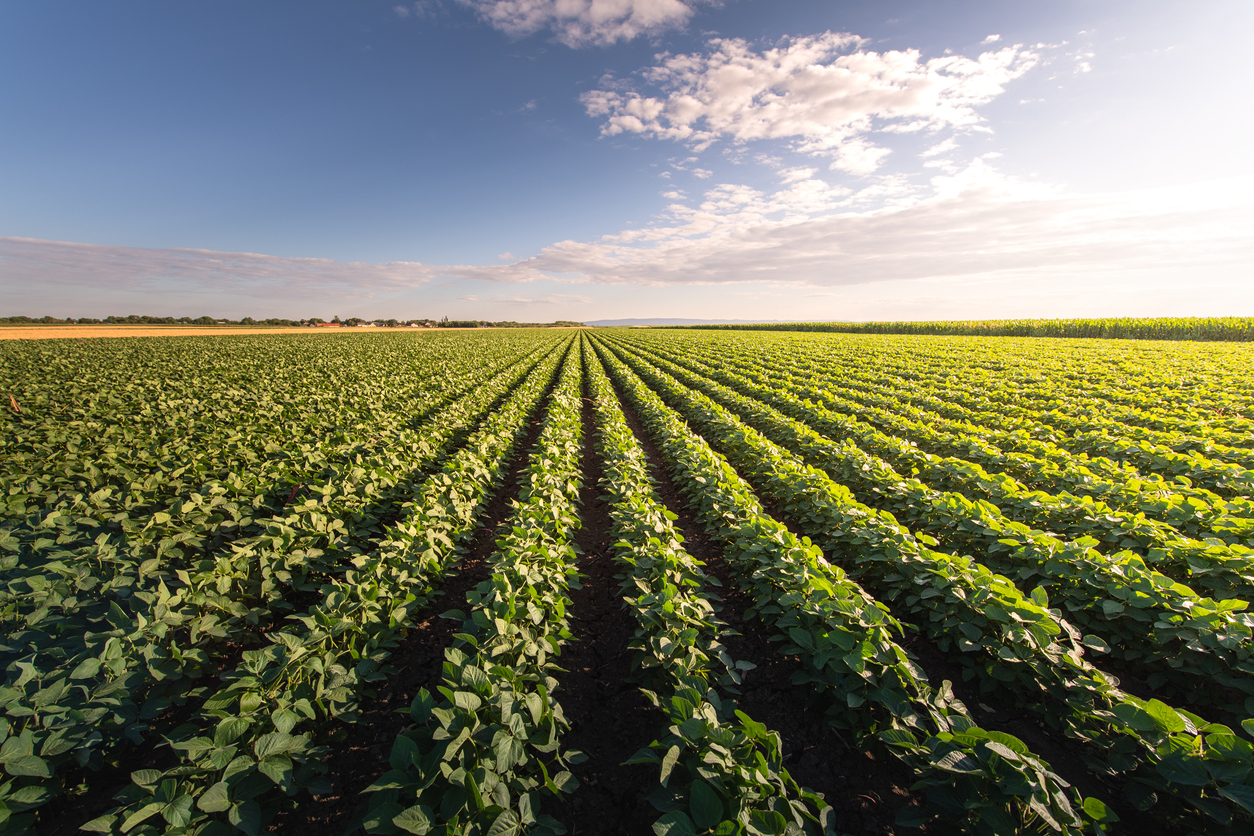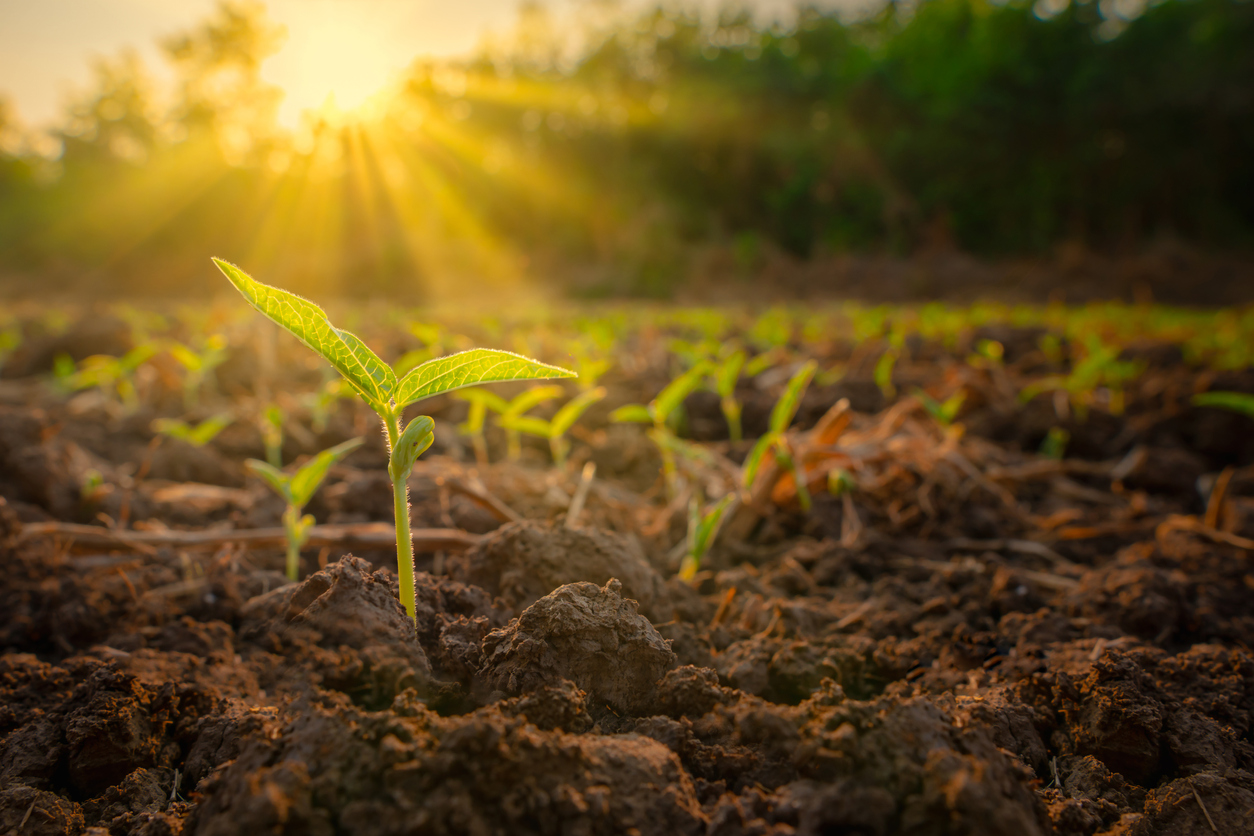Fulvic Acid: A Miracle Worker

My wife gave me a great Christmas present this year; a book entitled Organic Soil Conditioning by Dr. William Jackson (958 pages), full of facts that are beneficial to agriculture. This information may help farmers cope with higher fertilize prices. “Mother Nature” hates to waste soil nutrients so she designed two natural organic humic compounds to improve nutrient utilization. Fulvic acid has an open carbon structure that is a light weight compound (low molecular weight) with almost miraculous properties! It comes from lightly digested plant and microbial byproducts and is not just one carbon compound, its many varied compounds. Its composition is very similar all over the world, yet it differs slightly depending upon soils, plants, weather, microbes etc. Fulvic acid, over time gets degraded, digested, and transformed into Humic acid which has a denser and tighter carbon structure (high molecular weight). These two organic compounds (fulvic and humic acid) are full of essential soil n

















